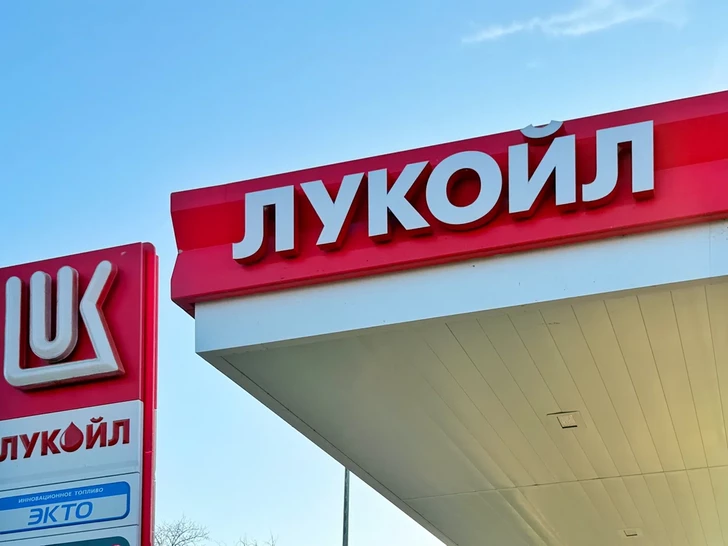On a crisp morning in the liberated district of Jabrayil, the village of Horovlu felt like a stage set for homecoming. New façades gleamed, a school and clinic stood ready, and rows of freshly built homes lined paved streets.
When President Ilham Aliyev arrived to hand over house keys to resettled families, the greetings were simple and direct: “Hello, welcome.” “Salam Aleykum.” Then came a tide of thanks, blessings, and memories that have defined the long arc from displacement to return.
“Today is a historic day in Horovlu,” Aliyev told residents gathered in the village center. “Residents are returning to their native land… Live here happily.”
The first stage of Horovlu’s reconstruction includes 334 homes, with about 1,400 people set to move in now. Before the occupation, the village’s population was around 1,500; with families grown during three decades away, authorities say Horovlu’s community is now a little over 2,000 and expected to expand as the second stage is completed.
The President emphasized that “the state has created all the conditions” – from housing and a kindergarten to a medical point and jobs – so that life can resume without delay.
Five Years On, Memory and Milestones
The ceremony unfolded just days before the fifth anniversary of Azerbaijan’s victory in the 2020 war.
“Our people believed in justice – and achieved it,” Aliyev said, noting that more than 50,000 people already live, work, and study across Karabakh and East Zangazur, including some 20,000 former displaced persons who have returned.
For many in Horovlu, the statistics are secondary to memory. One resident recalled leaving at 12 years old; another said he departed at 27 and is back at 60. A widow of a fallen soldier stood with two children.
“This is a very joyful day for us. May God preserve you,” one woman told the President. Others spoke of vineyards, grain fields, and a village where “each house was built where it could be,” now replaced by an orderly plan – “a city-type village, beautiful and magnificent.”
Aliyev listened, prodding for details: Was there a winery? (“Yes, in the upper part, at the old kolkhoz yard.”) Was the land irrigated or dry? (“Bohara – without irrigation.”) The exchange doubled as a planning session: vineyards can return, livestock can expand, fruit orchards and beekeeping can take root again.
“There will be conditions for farming and animal husbandry… The surroundings must be as beautiful as the village itself,” he said, promising state support.
From War Footpath to Worksite
Horovlu was freed in the first week of the 2020 campaign, the President noted, calling the area a gateway for advances toward Jabrayil and Fuzuli. Since then, reconstruction has been relentless.
“Today all of Karabakh and East Zangazur is a construction site,” he said. Pallet cities for internally displaced people – the tent camps that were shut by 2007 – have given way to permanent neighborhoods in the liberated lands.
Horovlu’s return is also tethered to a broader economic map. The Araz Valley Industrial Zone in Jabrayil already hosts three enterprises, with nearly twenty expected “in the near future,” Aliyev said – reassuring residents that “there will be no shortage of jobs.”
The President also pointed to energy projects: foundations for two 50-MW solar power plants – Shams and Ufug – were laid on the same day, while a third, larger solar project “is already in progress.”
Together with hydropower under construction in Jabrayil and Zangilan, installed capacity in the area is projected to reach about 400 MW, enough to cover the needs of a major city.
Infrastructure is being stitched into place. One resident marveled that a drive that once took 30–40 minutes now takes 10; the President added that “from here to Zangilan is 20 minutes,” and that the Zangazur Corridor will pass through the area, unlocking a major trade route.
Keys, and What Comes After
After the speeches, an official handed Aliyev a polished wooden box of keys. The President called families forward, one by one. “We are proud of you, Mr. President,” a man said, voice breaking.
“Thanks to you, we live with our heads held high.” A woman offered a more personal note: “We send our greetings and love to Mehriban khanim.”
Not all words were soft. When a resident invoked the “Iron Fist” – the wartime slogan – Aliyev answered in kind: “If anyone raises their head, they will see the Iron Fist again.” Then he pivoted back to the day’s work: schools and roads, jobs and orchards, and children who will grow up “in one of the most developed regions – not only in Azerbaijan, but globally.”
A Village Remade, A Region Reimagined
In official language, Horovlu is another milestone of the Great Return – a program that is both infrastructure and narrative. The state builds houses, water tanks, transformers, and asphalt; residents bring back the missing element: life. As one woman put it, “Wherever we lived, everything around us became green.”
“These lands are ours,” Aliyev said. “We expelled the enemy and are building a beautiful life.” The promise is practical – a 12-sotok household plot for each family, access to larger agricultural lands, markets and services linking Horovlu to Jabrayil city and beyond. It is also emotional: home as both destination and beginning.
When the last keys were handed over, families lingered in the square, comparing addresses and trading invitations.
The bouquets and microphones drifted away. In newly painted courtyards, children tested bicycle paths; elders traced old property lines with their eyes and pointed where vineyards will go. The headlines will record numbers – 334 houses, 1,400 returnees, 400 MW planned capacity – but the story residents will tell is simpler:
“We came back.”










